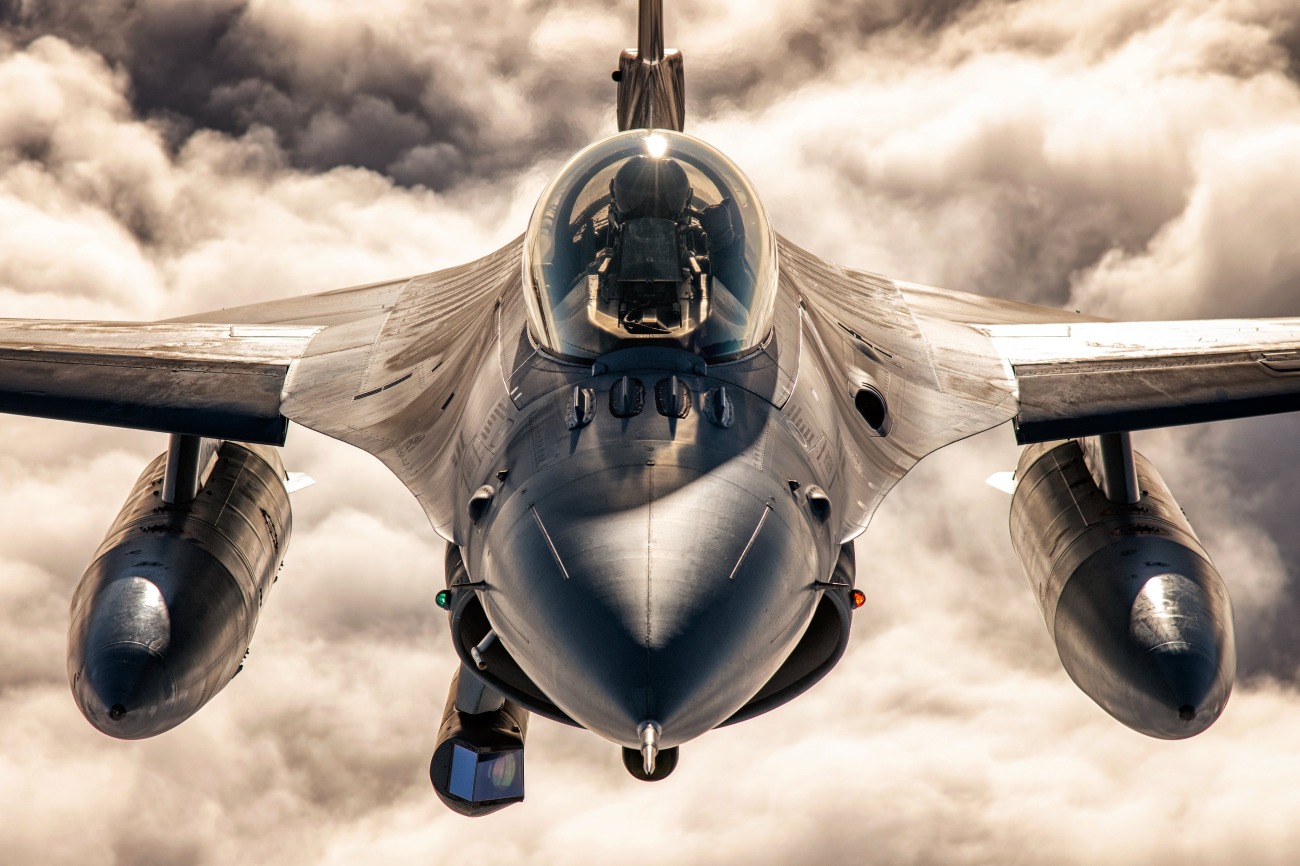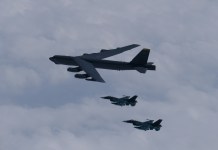Before inking the deal to acquire second-hand F-16 fighters from Denmark, Argentinian President Javier Milei is likely to fly in a two-seater F-16B during his visit to the Nordic country.
The selling of F-16s to Argentina has been a diplomatic victory for the US in its competition with China. Buenos Aires was evaluating the Sino-Pakistani CAC/PAC JF-17 Thunder and India’s Light Combat Aircraft Tejas fighter jets to replace its Mirages.
Argentina had a capability void left by the retirement of 16 Dassault Mirage III fighter jets in 2015. The US exigency to stall the burgeoning influence of China ended India’s plan to sell Tejas to Argentina.
Argentinian President Javier Milei will travel to Denmark with Defense Minister Luis Petri. Petri and his Danish counterpart, Troels Lund Poulsen, have already signed a letter of intent to purchase 24 US F-16 fighter jets from the European government.
According to the Argentinian media, President Milei underwent medical check-ups before getting into one of the F-16 supersonic planes that Argentina bought from Denmark.
“The head of state left for Miami in the United States at the start of his second international tour, which will include a visit to Copenhagen, where he would travel as a co-pilot in military fighters,” the report read.
The deals’ inking will culminate months-long US efforts to bring Argentina to its side. The scenario of the Chinese fighter jet in the US backyard was so detrimental to US strategic interests that the State Department scrambled to divert the Danish F-16 fighter jets meant for Ukraine to Argentina.
Denmark is donating 19 F-16 jets to Ukraine, and the government is selling 24 Danish F-16 jets to Argentina. Argentina will pay $320 million for the acquisition.
Banks and the US are likely to provide loans to help finance the deal, which also includes weapon systems and other equipment made by US firms. Denmark is also set to provide simulators and a spare.
Denmark is retiring its F-16s to pave the way for the 5th generation F-35 jets. The Danish experts have maintained that F-16s are in good condition and could fly for an additional decade.
As reported by the EurAsian Times earlier, the US State Department has jumped some hoops with alacrity to counter the Chinese offer to supply JF-17 to Buenos Aires. Air Force Lieutenant Colonel Thomas Kanewske specified in the call that the F-16s offered to Argentina include AIM-120 AMRAAM and AIM-9 air-to-air missiles, the two main air-to-air missiles used by the US Air Force. The missiles are sold under the Pentagon’s Foreign Military Sales program.
The sale comprises a package of support, equipment, and maintenance information in addition to armament. Washington has been harping on the fact that the F-16 is a battle-proven platform with a high availability of spare parts. While the jet belongs to the first versions of the aircraft, it can undergo modernization to keep them fighting fit.
Argentinian news outlets called it “an operation with enormous geopolitical impact in which Washington competes directly with China.” The Argentinian Air Force’s operational inventory includes 10 A-4 fighter bombers armed with IA-63 Pampa jet trainer supplements.
Sweetening The F-16 Deal
The deal hit a roadblock as Argentina held its national elections. The newly-elected, pro-West President Javier Milei will be signing the big deal, losing no time.
The South American country is also taking up the US $40 million financial package offered by the US. The US has also transferred a special operations aircraft, a Hercules C-130H TC-60, to the Argentinian Air Force. The news was announced on April 3, following the conclusion of the meeting between the US high command and the Minister of Defense, Luis Petri.

The Hercules C-130H TC-60 had been inducted into the Argentine Air Force under a leasing arrangement in mid-2023. Since then, it has been part of the 1st Air Transport Group based at El Palomar Air Base, located in Buenos Aires.
Its definitive transfer to the Argentine Air Force is excellent news for the 1st Transport Squadron, which currently operates the K/C-130H Hercules fleet, but most of its aircraft are undergoing scheduled maintenance.
The F-16 deal has been sweetened by the sale of another key aircraft. In September 2023, Buenos Aires signed an agreement with Norway to purchase four used Lockheed P-3 Orion maritime surveillance aircraft (MPAs). The Milei administration has reportedly issued the first payment of US $10 million.
Dragon Breathing Under Eagle’s Neck
The US thwarted China’s attempt to gain inroads in Latin America by persuading Argentina not to opt for Chinese-made JF-17 fighter jets. However, China is making another attempt to enter the American backyard in Latin America by marketing its Main Battle Tank-3000 VT-4 to Colombia.
It remains to be seen if Colombia, one of the oldest allies of the US, will bite the bullet.
With an eye on the US, Beijing has been cozying up to Bogota as it upgraded its ties with the South American country to a strategic partnership in 2023.
The Chinese MBT-3000 VT-4 would add quite a punch to Colombian armor strength. During the live demonstration, Norinco highlighted the capabilities of these tanks. And there is a high chance that 44 of these tanks can be acquired to create Colombia’s first armored unit.
Bogota’s defense ties with Beijing have been slow-moving, but they have seen an uptick. Over the years, China has donated small military equipment. Gifts from the PRC over the years have included hats and gloves for Colombia’s high-mountain battalions during the Uribe government and donations of mobile bridges and two Y-12 medium transport aircraft, given in April 2014.
The Chinese aircraft spent several years in service with Satena, the national airline run by the Colombian military to service remote parts of the country underserved by traditional airlines. They were ultimately removed due to concerns over their structural integrity following a weather incident.
- Ritu Sharma has been a journalist for over a decade, writing on defense, foreign affairs, and nuclear technology.
- The author can be reached at ritu.sharma (at) mail.com
- Follow EurAsian Times on Google News




